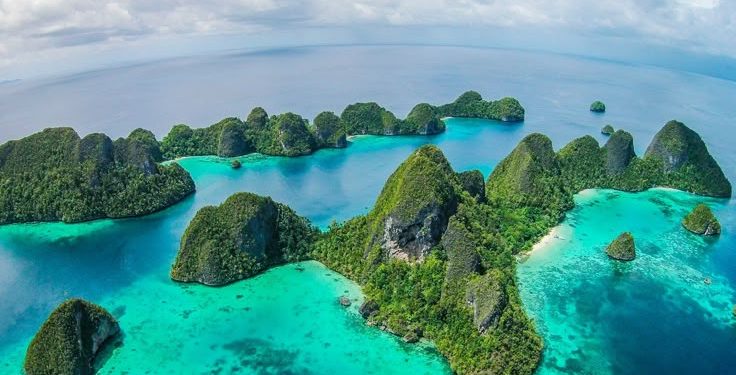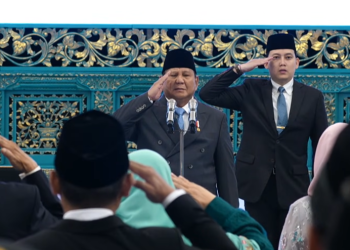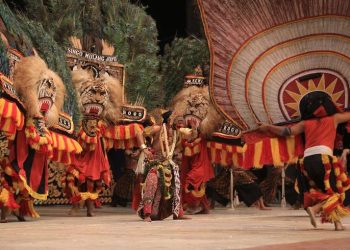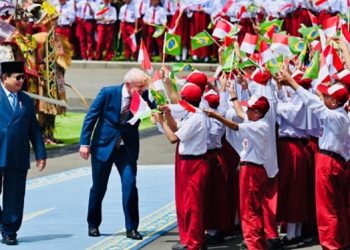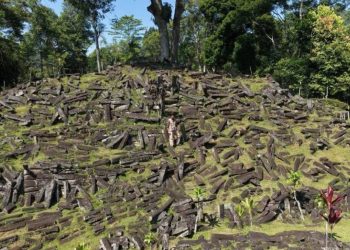Jakarta, Indonesia Sentinel — Amid the turquoise waters and remote tropical islands of Raja Ampat in Indonesia’s Papua province, a centuries-old tradition quietly safeguards one of the world’s richest marine ecosystems known as Sasi Laut. The indigenous tradition of conservation system isn’t just a ritual, it’s a deeply rooted community agreement to protect the fragile sea of Raja Ampat.
The term sasi means “oath” in the local language, and the Sasi Laut practice enforces a temporary ban on harvesting marine resources in designated areas. During this period, which can last from several months to two years, residents are prohibited from collecting high-value species such as lobsters, sea cucumbers, clams, and certain fish.
Sasi Laut tradition in Raja Ampat is more than just a method of resource management, it’s regarded as sacred. Communities believe that a bountiful harvest depends on respecting this custom. Violating it isn’t simply a rule-break, it’s seen as breaking a spiritual covenant.
Anthropologists note that Papuan communities use a traditional timekeeping system to guide agricultural and maritime activities, including social interactions. Sasi fits into this system as a community-enforced regulation tied to seasonal rhythms down to the hour, day, and month.
In a region where 85% of the territory is ocean, Sasi Laut plays a vital role in both ecological preservation and local livelihoods. The practice is led by customary or religious leaders through ceremonial declarations. Once an area is placed under sasi, wooden markers are installed to signal that the zone is “sacred” and off-limits.
The collective observance is bookended by two ceremonies: tutup sasi (closing the area) and buka sasi (reopening it). When the sasi period ends, harvesting resumes under strict guidelines. For example, only lobsters of a certain size may be taken, while egg-bearing females must be returned to the sea, ensuring natural regeneration continues.
Read Also:
Safeguard Indonesian Oceans, Northern Misool in Raja Ampat Designated as Conservation Area
Economically, sasi harvests fund community needs from building churches and public infrastructure to supporting traditional ceremonies. This makes Sasi Laut not just a tool for conservation, but also a foundation for communal well-being.
The impact is tangible. By curbing destructive practices like blast fishing, poisoning, and illegal gear use, Sasi zones have become sanctuaries for valuable marine species. These areas are carefully guarded by locals, reinforcing a powerful sense of stewardship over their waters.
The tradition has also evolved. In many villages, church leaders now help enforce sasi a variation known as sasi gereja. And the Raja Ampat local government has embraced the practice, integrating it into coral reef protection and sustainable marine zone management programs.
Sasi Laut tradition in Raja Ampat stands as a powerful example of how local wisdom can address global challenges, from biodiversity loss to climate change. It protects the sea but also nurtures the community and its culture.
(Raidi/Agung)


